
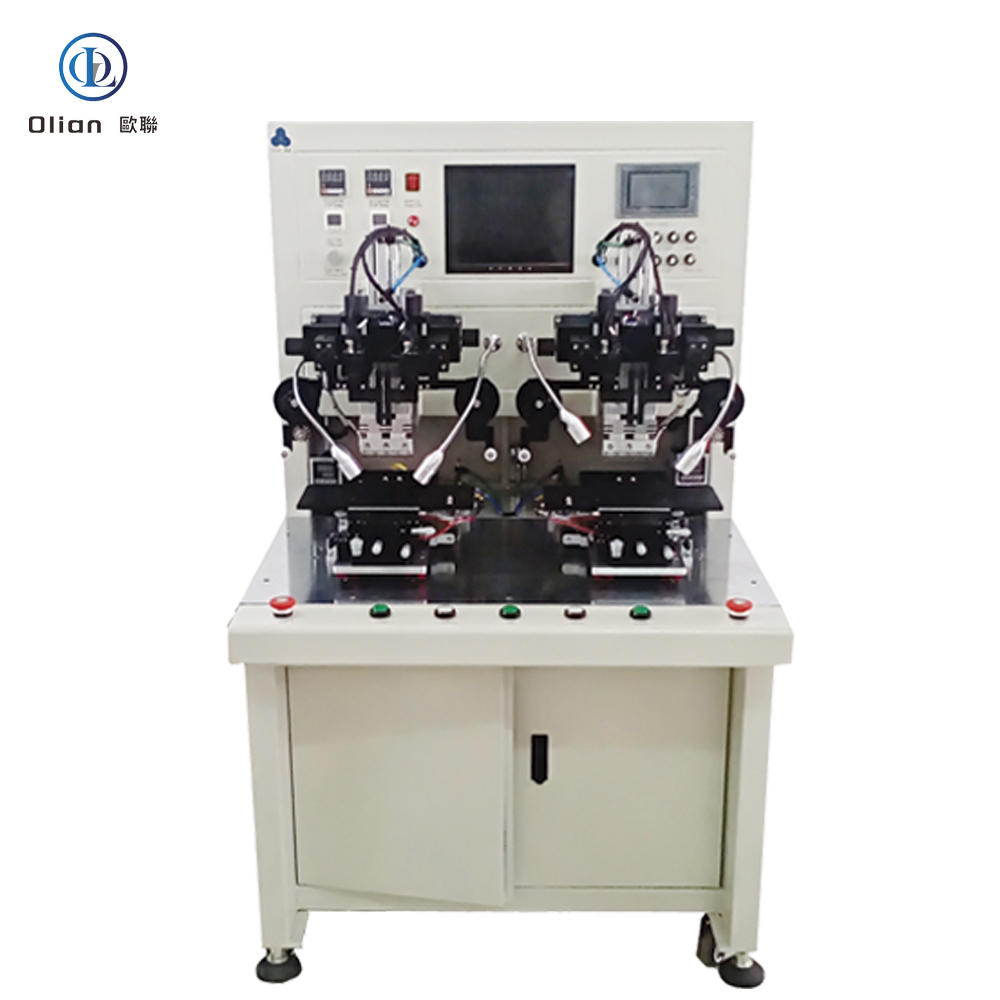
An FPC bonding machine is the silent enabler behind every foldable phone, curved smart-watch, 4K laptop, and automotive cluster you touch today. FPC—Flexible Printed Circuit—must be joined to glass, PCB, or another flex with micron accuracy, vertical conductivity, and horizontal insulation. The equipment that delivers this marriage is a servo-driven, vision-guided, constand temperature and pulse-heat press called an FPC bonding machine. Keywords “FPC bonding machine”, “FPC to glass bonder”, “ACF FPC bonding”, “flex cable bonding equipment”, “pulse heat FPC machine”



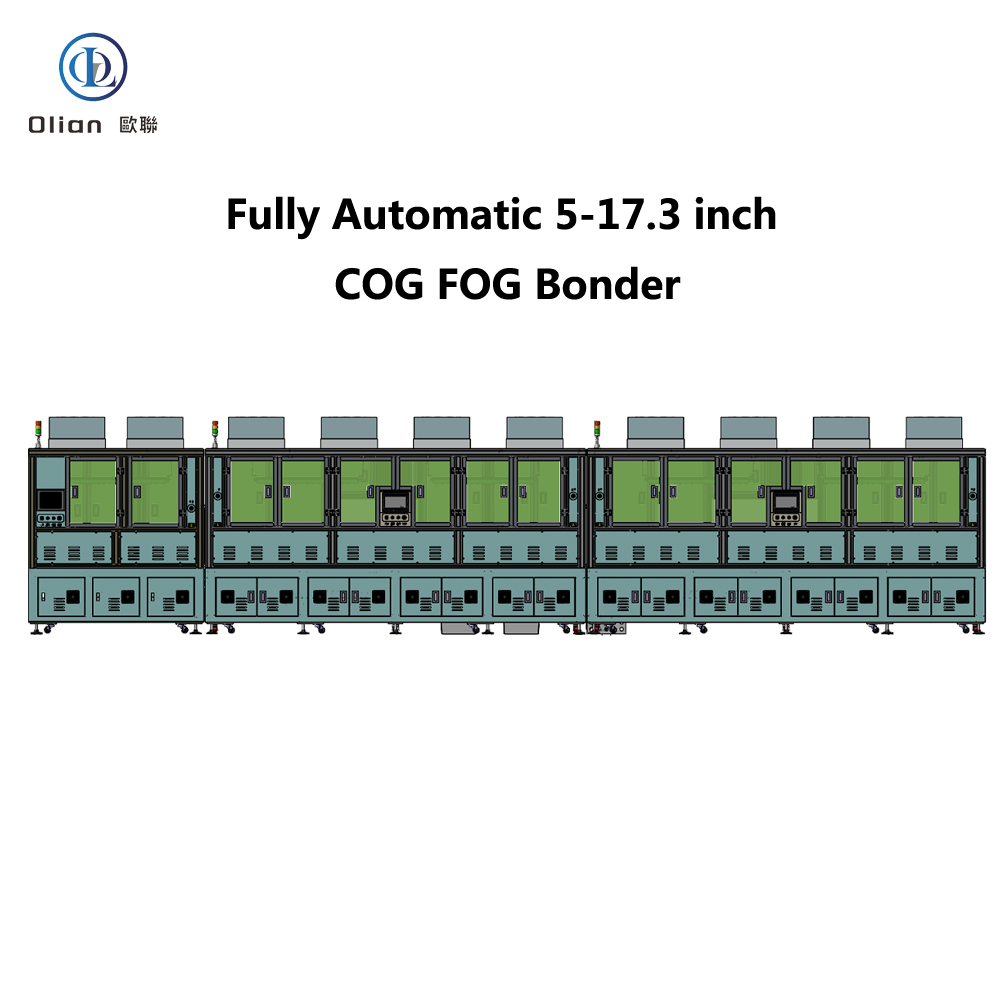


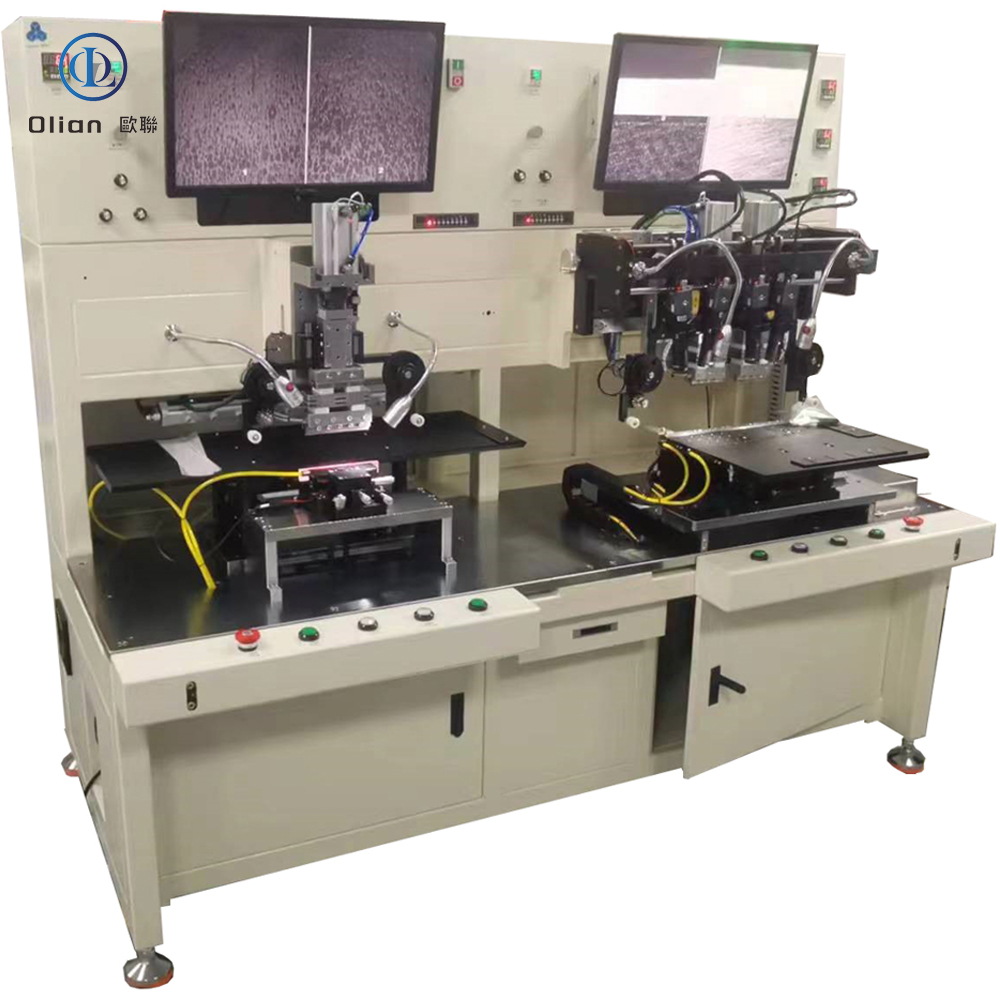

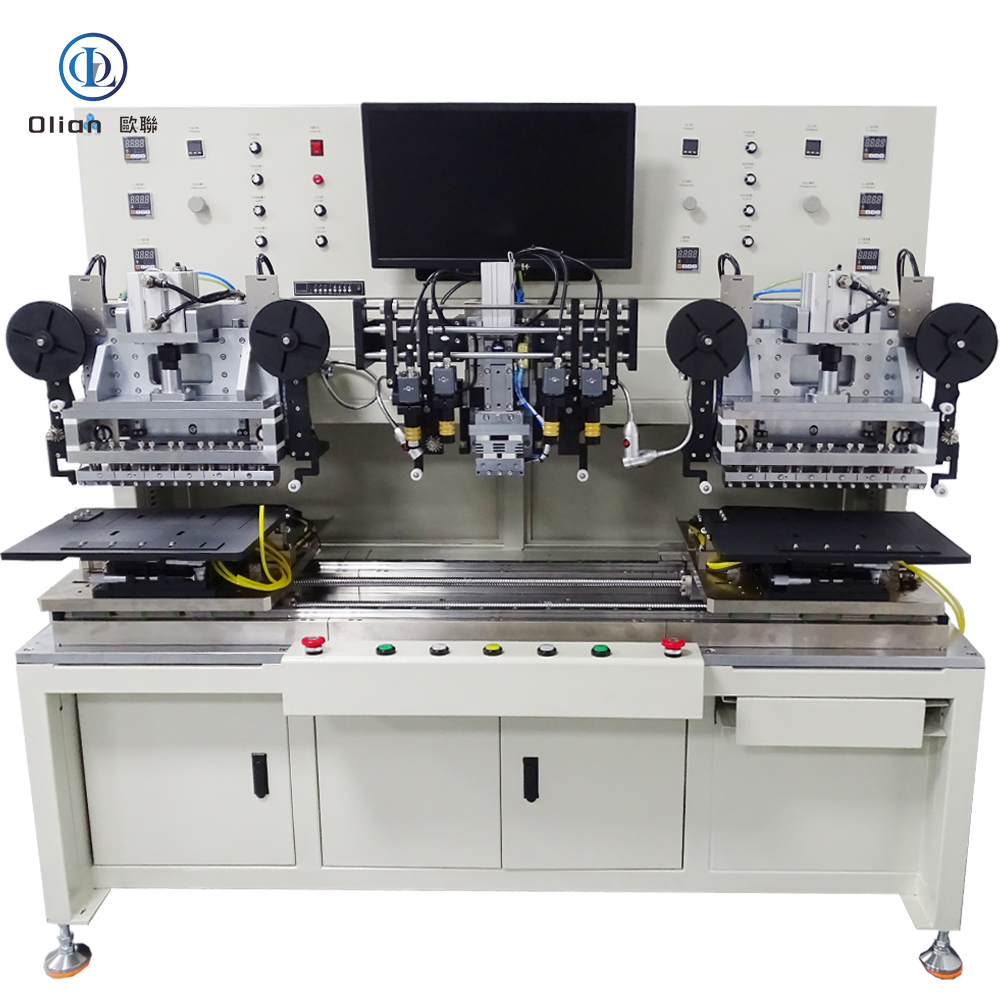

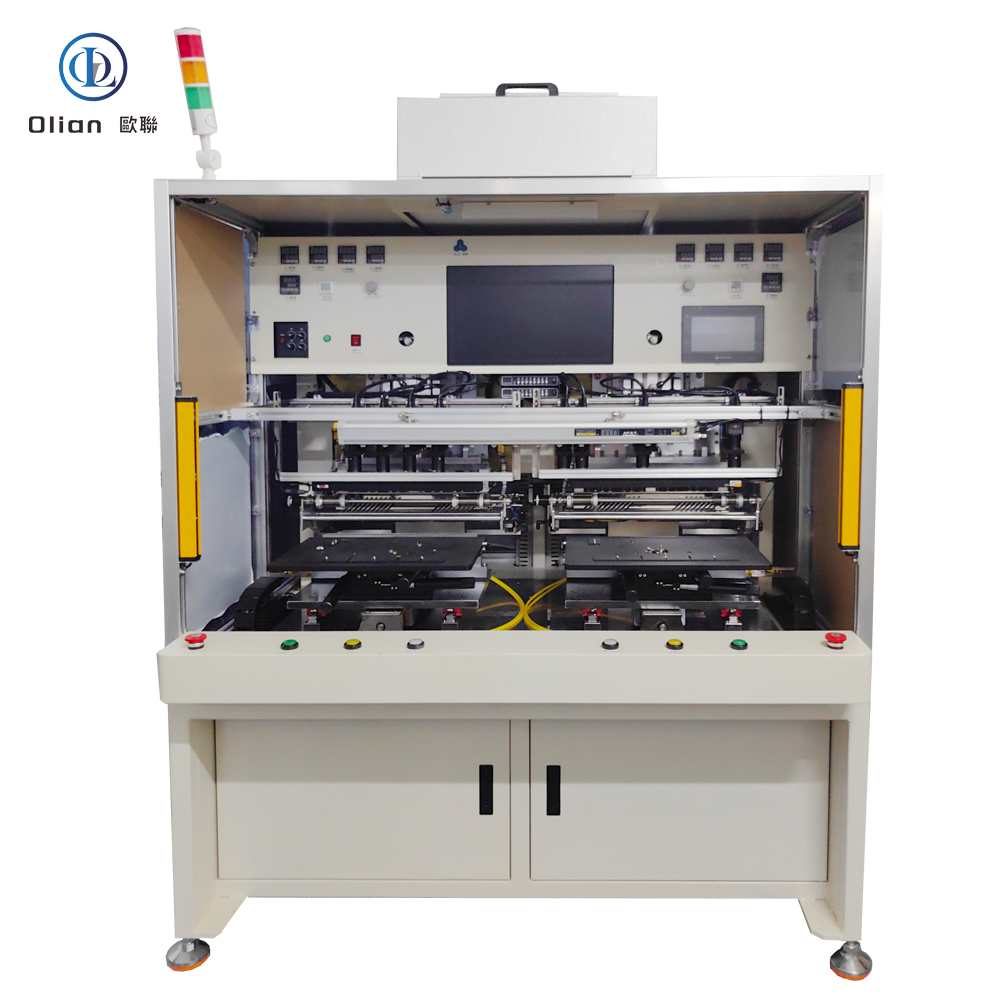
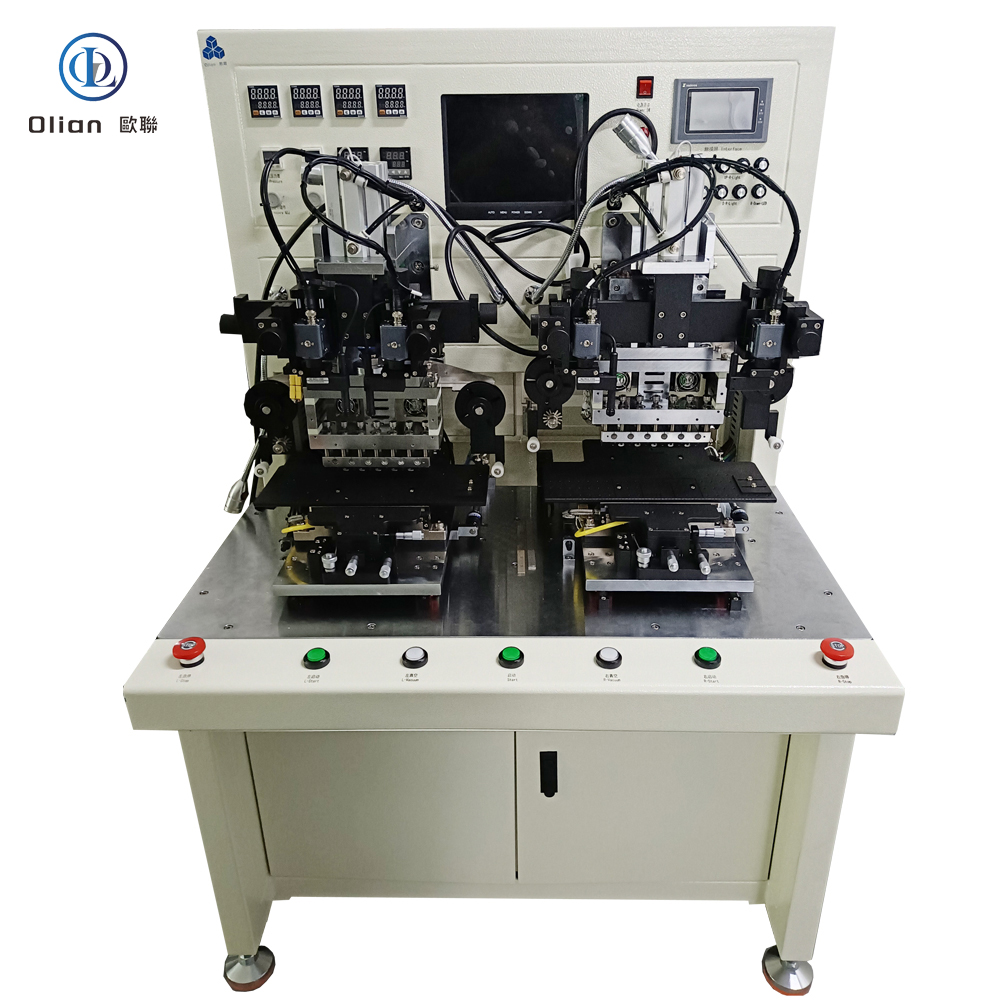
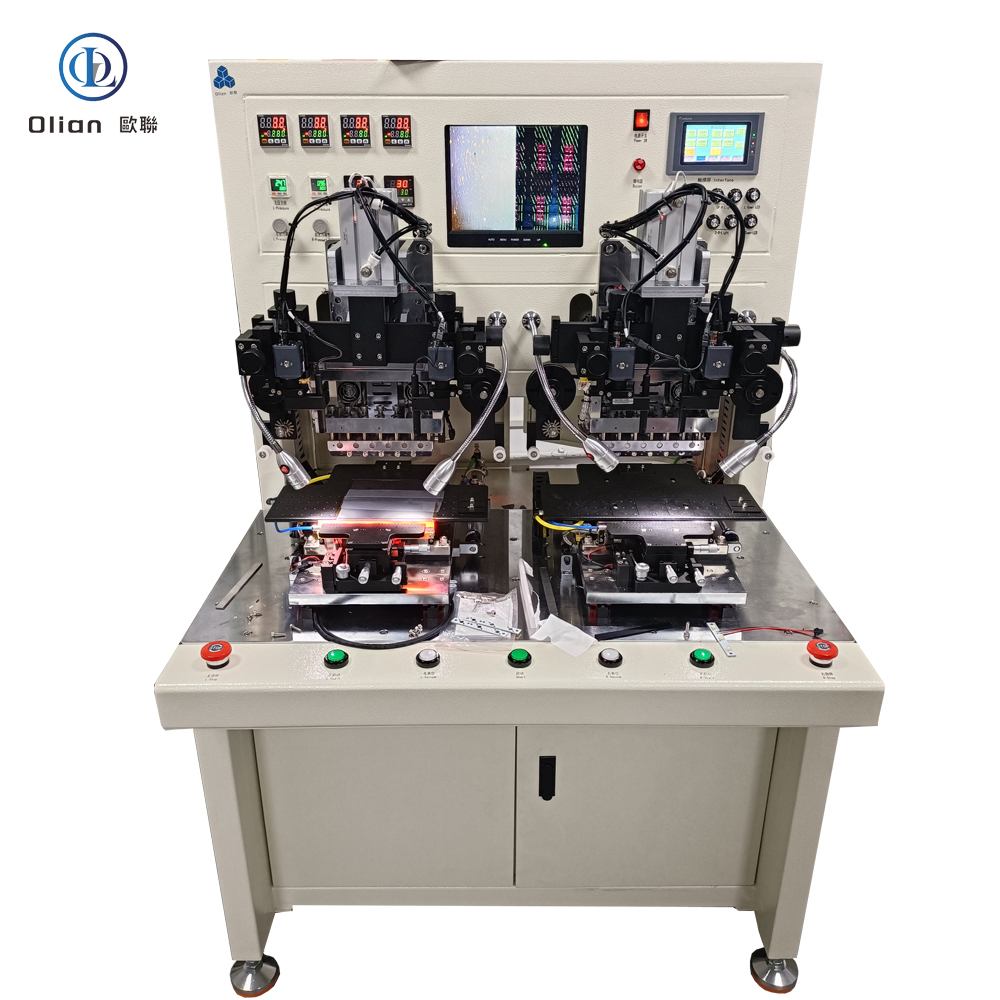



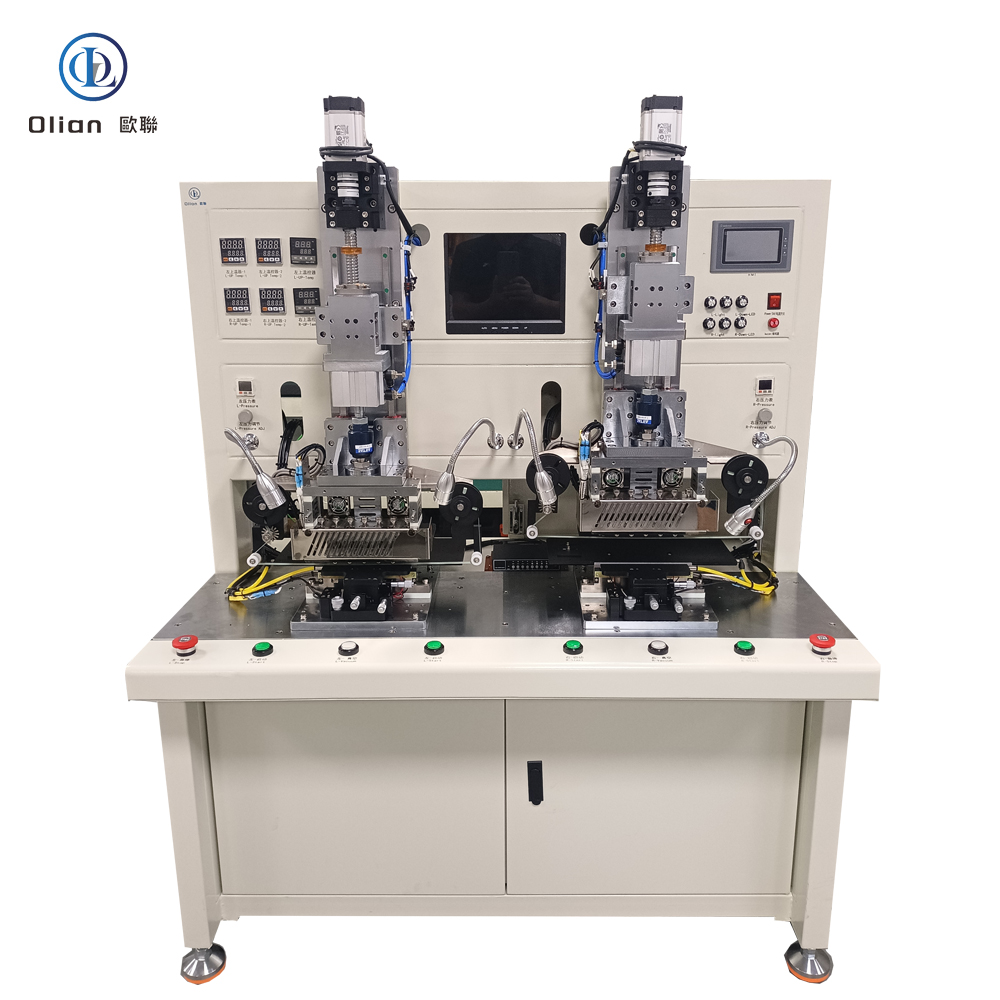
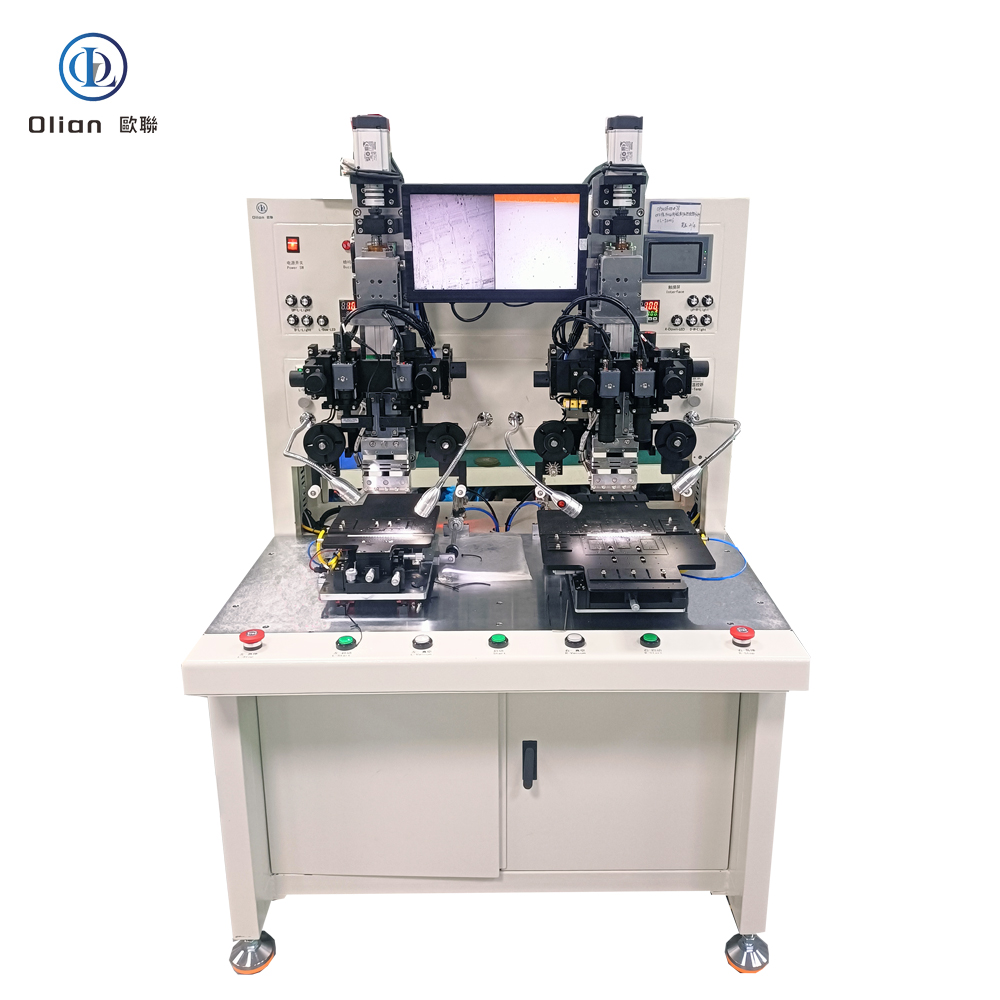
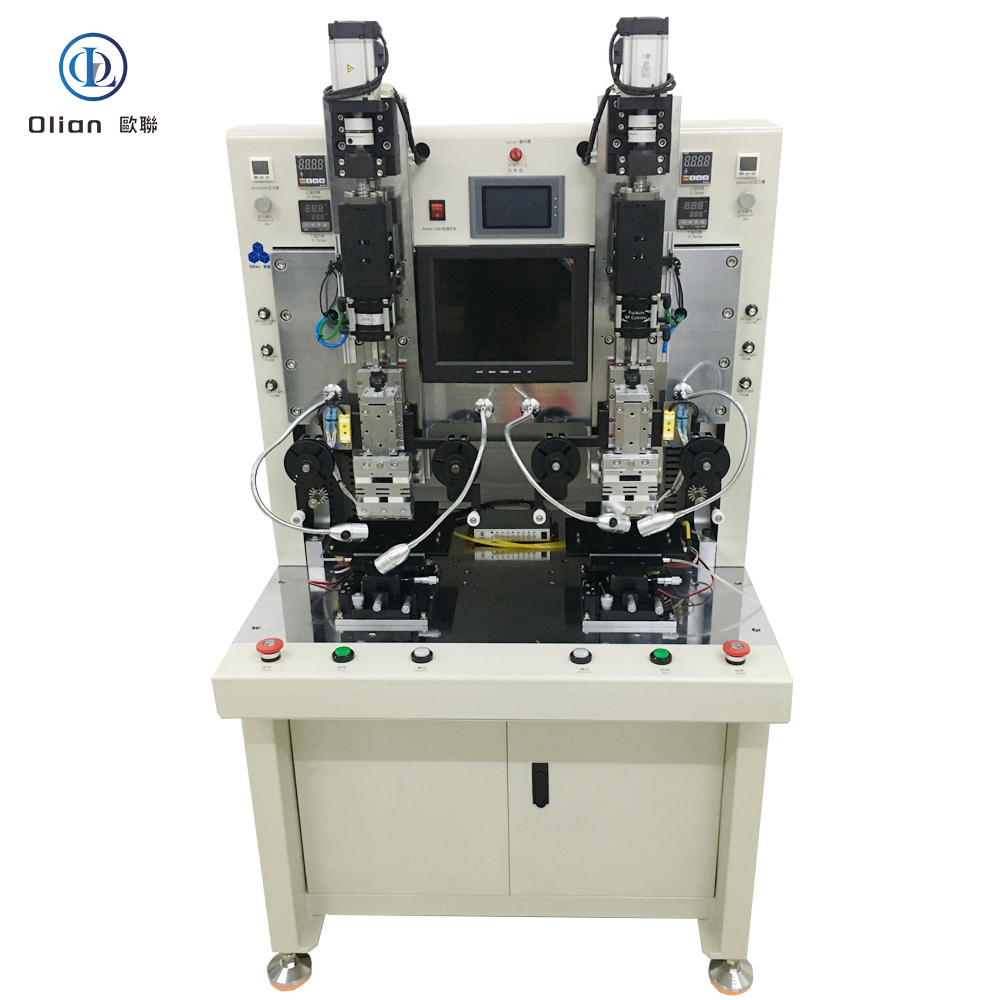
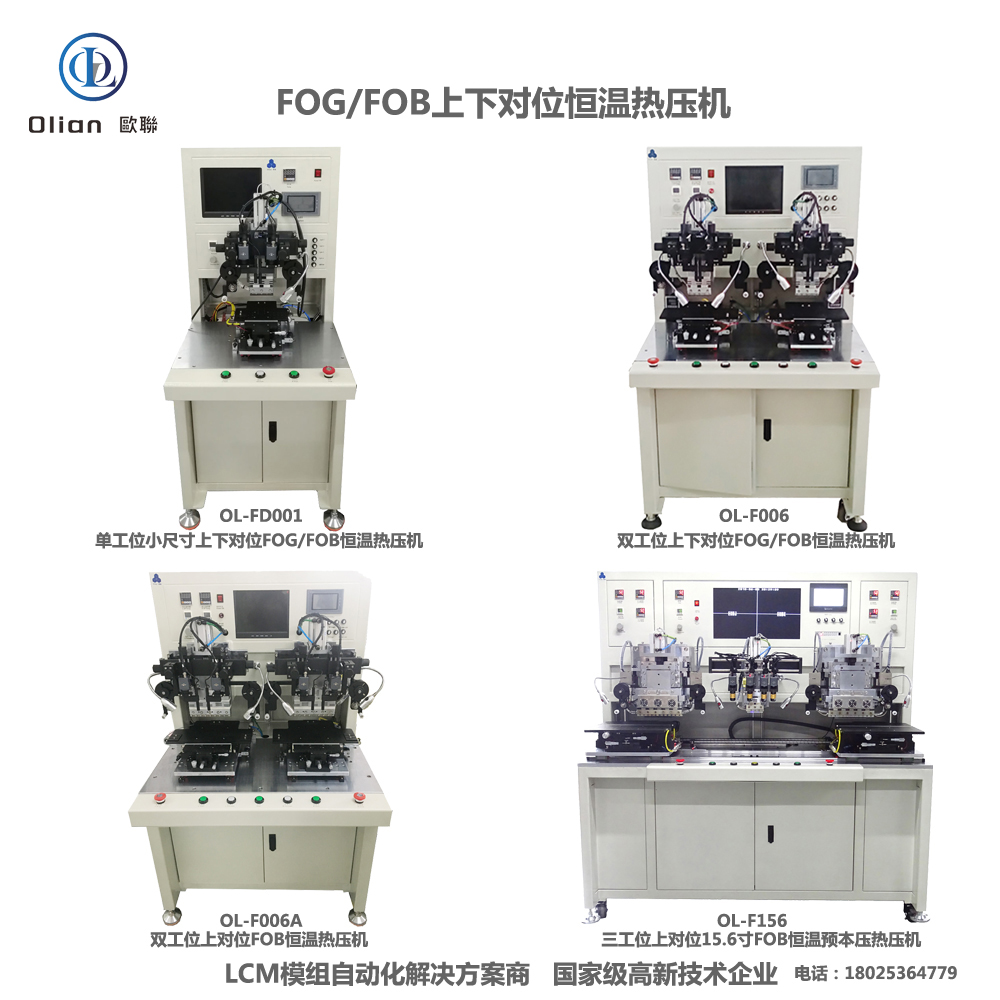
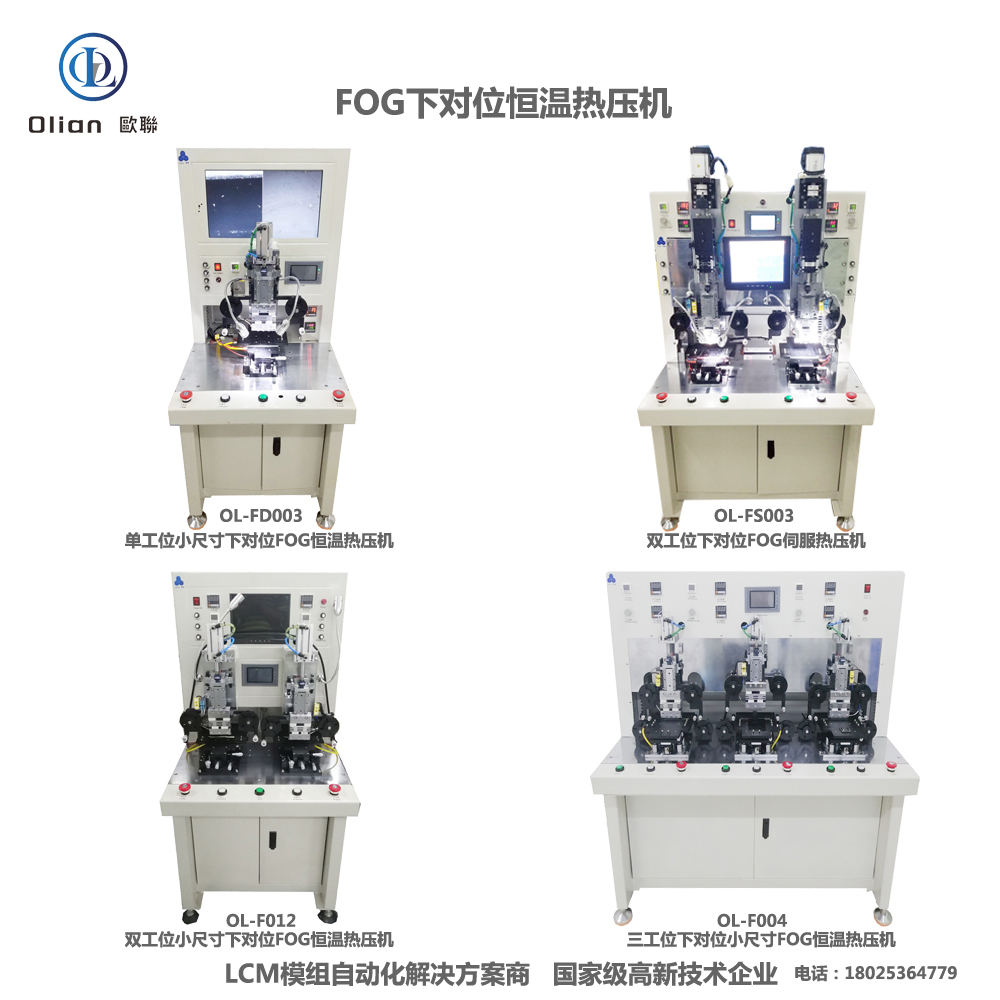
An FPC bonding machine is a high-precision constatn temperature and pulse-heat press that bonds a flexible printed circuit to a rigid or flexible substrate through anisotropic conductive film (ACF) or solder paste. The bond must conduct electricity vertically between copper pads while remaining insulating laterally, must survive 100,000 bend cycles, and must fit inside a 0.9 mm bezel. Modern machines achieve ±1 µm alignment, ±0.5 °C temperature stability, and 0.01 MPa force resolution on substrates as thin as 25 µm and as large as 100-inch TVs.
Foldable phones need a flex tail that folds 180° with 0.2 mm radius—rigid PCB cannot survive. Automotive clusters require vibration resistance from −40 °C to +105 °C—wire harnesses fail. Medical wearables demand biocompatible polyimide—solder joints crack. FPC bonding solves these pain points by combining the flexibility of copper-clad polyimide with the reliability of particle-based conductive adhesive, all while enabling repair: a defective flex can be removed and rebonded without scrapping the entire OLED assembly.
Bonding Head: Titanium alloy, diamond-lapped to 0.3 µm flatness, DLC-coated for anti-stick, lasts 300,000 cycles.
Pulse Heater: 800 W cartridge, embedded K-type thermocouple, ramp 200 °C/s, overshoot < 0.5 °C.
Force Actuator: Voice-coil or servo motor, 24-bit encoder, 0.1 N resolution, 2 ms response; active gravity cancellation for 25 µm substrates.
Vision System: 12 MP global-shutter CMOS, telecentric lens, coaxial + side LED, sub-pixel edge detection repeatable to 0.2 µm.
Motion Stage: Cross-roller bearings, 0.05 µm linear encoder, servo feedback at 20 kHz, granite base with passive vibration isolation.
ACF Feed Unit: Stepper-driven, tungsten-steel cutter, anti-static vacuum, waste take-up spool, splice sensor for uninterrupted production.
Real-time Linux kernel guarantees < 1 ms jitter; PID temperature loop updated at 10 kHz.
Recipe manager encrypts parameters—temperature, pressure, time, ramp rate—per product QR code.
AI vision self-learns new bump patterns from foundries, reducing setup time 70 %.
MES interface via OPC-UA uploads cycle data, resistance values, and images for full traceability.
Cloud dashboard predicts heater degradation and schedules maintenance before scrap occurs.
Consumer Electronics: iPhone, Galaxy Fold, iPad, Apple Watch—bonding display driver, touch MCU, and antenna flex.
TV & Signage: 32″–100″ 4K/8K LCD, OLED, mini-LED—bonding source COF tails to glass.
Automotive: Curved instrument clusters, 15 inch OLED infotainment, head-up displays—surviving −40 °C to +105 °C thermal cycling.
Medical: Surgical monitors, portable ultrasound, wearable patches—biocompatible polyimide, zero flex failure.
Industrial & Military: Avionics displays, factory HMI panels, rugged handhelds—shock, altitude, fungus.
FPC bonding machine, FPC to glass bonder, ACF FPC bonding, flex cable bonding equipment, pulse heat FPC machine, FOG bonding machine, FOB bonding machine, FOF bonding machine, T-FOG bonding machine, foldable phone FPC bonding, 0.9 mm bezel FPC bonding, 25 µm polyimide bonding, 100 inch FPC bonding, automotive FPC bonding, medical FPC bonding, wearable FPC bonding, AI vision FPC bonding, IoT FPC bonding machine, China FPC bonding machine, automatic FPC bonder, FPC bonding accuracy 1 micron, FPC bonding temperature 200 C, FPC bonding pressure 1 MPa, vertical conduction horizontal insulation, lead-free FPC bonding, ROHS compliant FPC bonding.
Copper-Core ACF: Cu-Ag particles cut material cost 50 % while keeping < 20 mΩ contact resistance.
Green Refrigerants: Closed-loop cooling replaces water with R1234ze, reducing carbon footprint 30 %.
AI-Driven Profiles: Neural networks auto-optimize temperature ramps for each polyimide type, pushing yield to 99.9 %.
Micro-LED Bridge: Same FPC platform bonds 20 µm × 20 µm micro-LED dies onto flexible backplanes.
Cold-Laser Fold Assist: Femtosecond laser pre-scores the coverlay, enabling 90° fold with 50 µm radius and zero trace damage.
Servo-Hydraulic Hybrid: Delivers 80 kg force for 100″ TV flex tails while keeping 1 µm position accuracy.
An FPC bonding machine is no longer a niche flex-circuit tool—it is the critical enabler for foldable OLED, zero-bezel wearables, and curved automotive clusters that define 2025 consumer expectations.
By mastering sub-micron alignment on 25 µm polyimide, pulse-heat control within half a degree, and real-time force feedback, the latest FPC bonders deliver sub-3-second cycles with 99.9 % yield and full Industry 4.0 traceability.
Whether you are a display OEM chasing a 0.9 mm chin, a foldable-phone refurbisher reworking OLED modules, or a micro-LED start-up prototyping smart-glass, investing in an AI-enhanced, IoT-connected FPC bonding platform future-proofs your process.